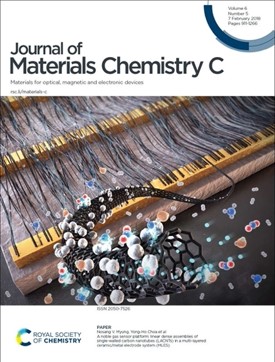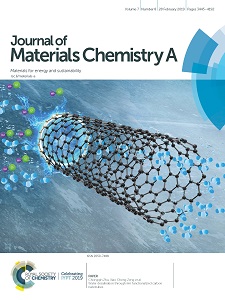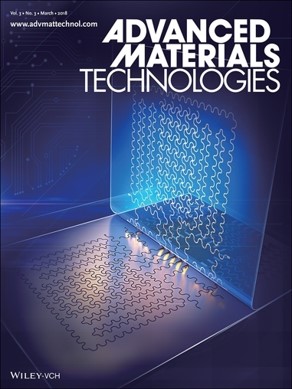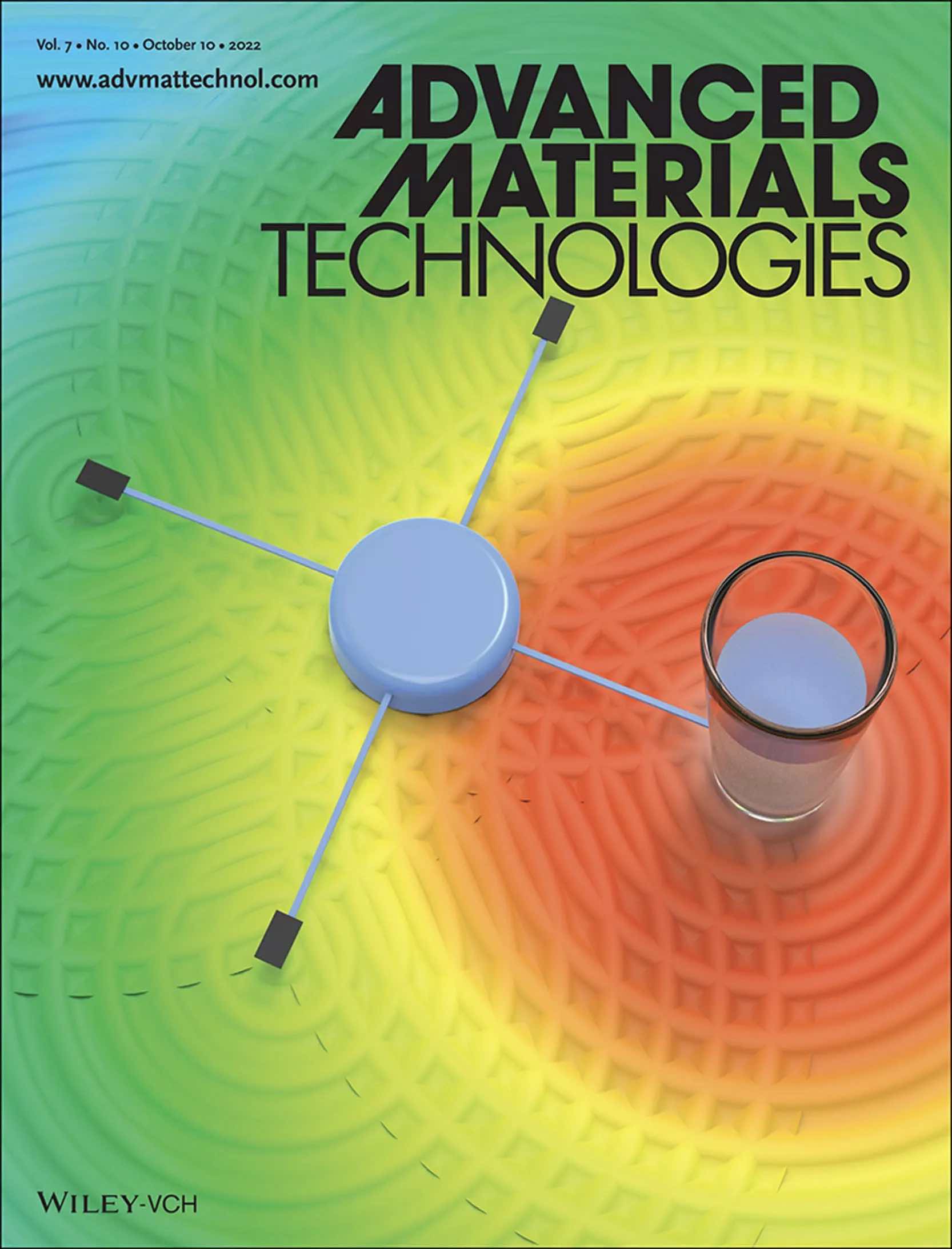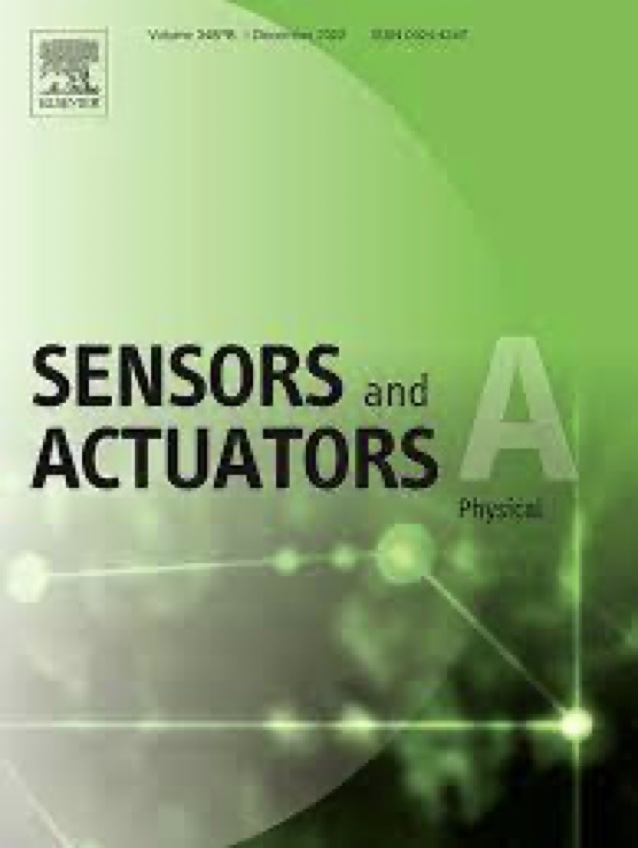Electromechanical coupling of isotropic fibrous networks with tailored auxetic behavior induced by water-printing under tension
Understanding the electromechanical coupling of auxetic materials offers unique opportunities to enhance the sensitivity of piezoresistive sensors. Reports on the auxetic behavior of random fiber networks have been relatively scarce due to their less pronounced Poisson’s expansions than other auxetic designs adapting periodically arranged structures. In this study, the auxetic response of hierarchical pulp-carbon nanotube networks is tailored through the localized tensional micro-fracture initiated by water-printing.

